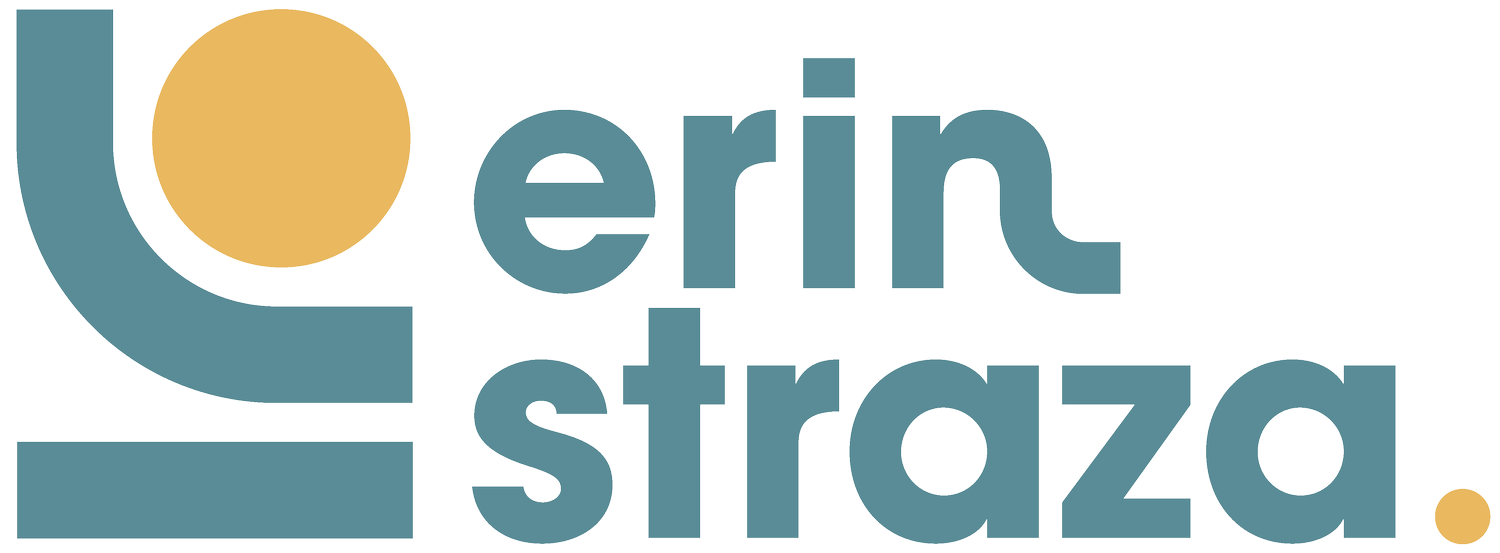Resolve Your Donor Comm Chaos… with Coffee and Cake?
Last year I simply devoured Oliver Burkeman’s book Four Thousand Weeks: Time Management for Mortals. I bet you heard plenty about it last year—it has been all the rage, shredding our notions about productivity to make space for purpose and put stress aside. While all that was excellent and much needed counsel, Burkeman also introduced to something enchanting called fika:
“On a work trip to Sweden a few years back, I experienced… fika, the daily moment when everyone in a given workplace gets up from their desks to gather for coffee and cake.” (191)
Daily coffee and cake gatherings? Yes, please, and thank you! As delightful as this sounds, Burkeman goes on to explain that fika actually does serve a larger purpose: it pulls everyone out of the intense micro-focus of the day, drawing the team back to what’s most important.
And that’s when it hit me: Nonprofit teams need a fika-like routine.
Nonprofit teams have so many things they need to do: execute the programming model, develop annual appeals and campaigns, invite mission support, thank donors for giving, create impact reports, and on and on and on.
When your donor comm team is a flurry of activity and stress—heads down in micro-focus as they produce one-off pieces and re-create the comm wheel at every turn—they need a fika to pull them out of the chaos and back to what’s most important. All that intense micro-focus keeps nonprofit comm teams from the bigger picture. And it robs your donor comm efforts of the impact needed to inspire donor support.
But how can you stop that micro-focus approach, and get your donor comms on strategy, all the time? That’s what a robust Case for Support will do—it’s the fika your team needs to be more effective in their daily work.
Full disclosure: I love helping nonprofit teams develop a Case that sets them up for donor comm magic.
It’s a process, for sure, but well worth the investment. It starts with equipping your team to develop a fresh Case that will make your mission irresistible to donors. And then it’s all about training them how to apply it in every donor comm activity and communication.
The end result? No more daily communications circus. Donor funding growth to support increased missional impact. Less frenzy, more coffee and cake gatherings.
_____
